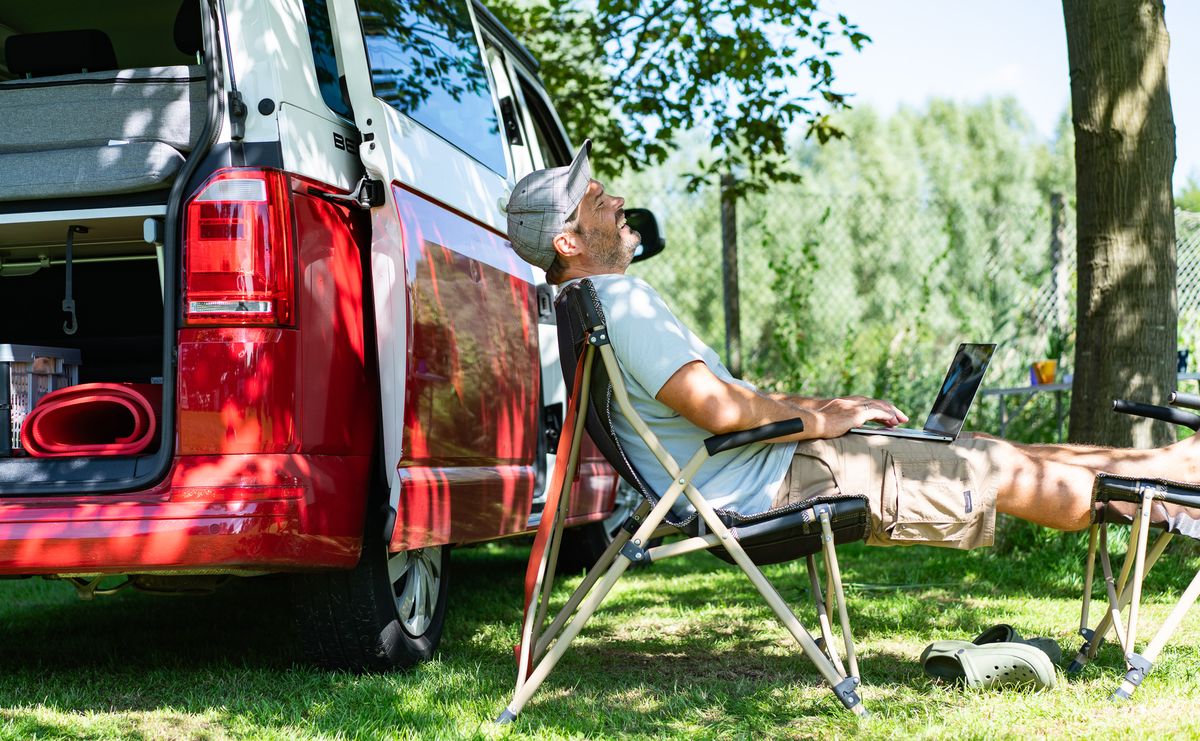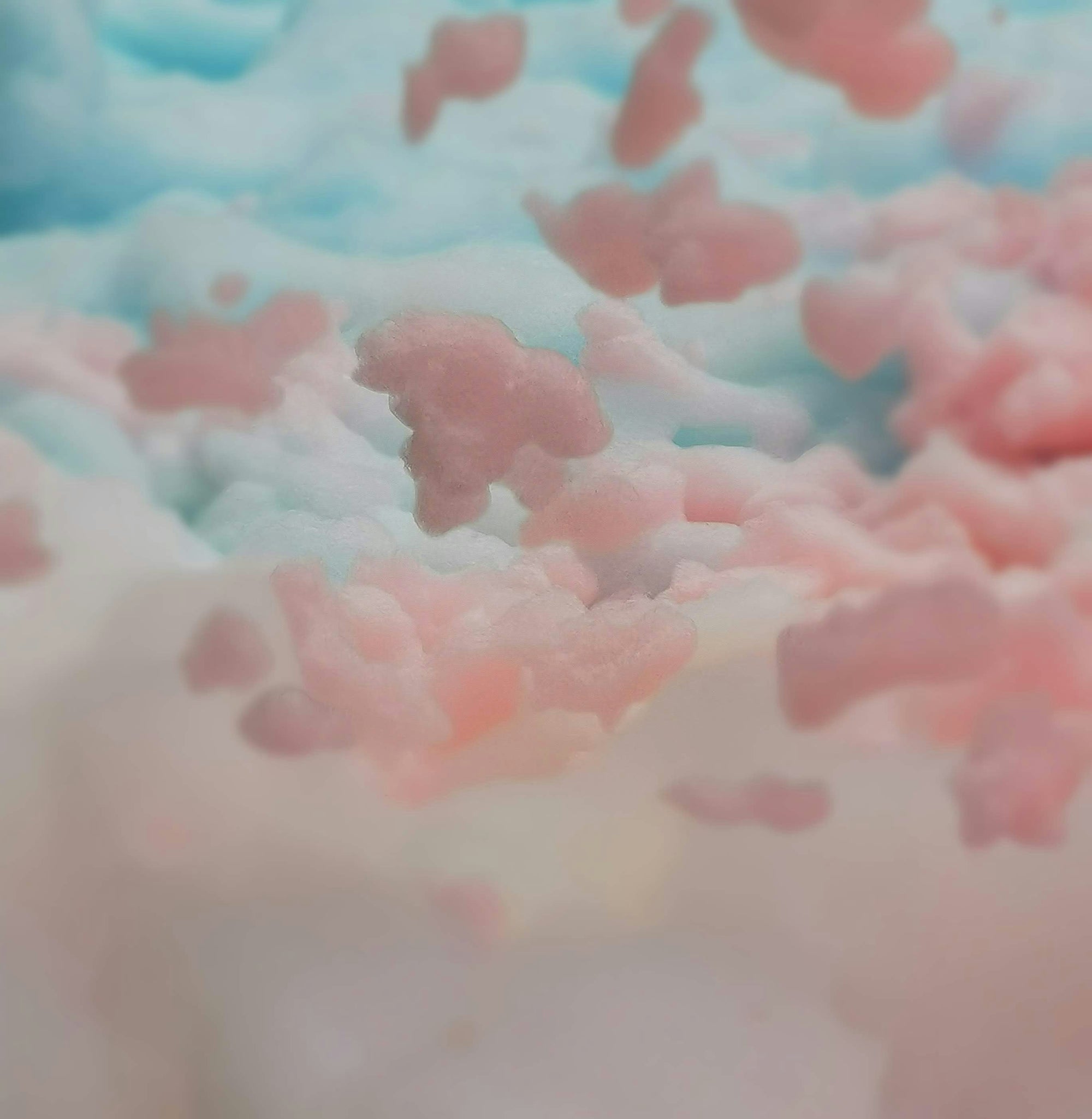Overview
More and more outdoor and camping brands are advertising with the slogan "free of harmful substances" and "free of melamine" when it comes to harmful substances in camping dishes . This led to a brief trend towards the "sustainable" and ecological bamboo camping dishes alternative, but this trend also quickly turned out not to be a sustainable camping dishes alternative . Instead, after several eco-tests, harmful substances were also tested in camping dishes - and this under the guise of a "sustainable alternative".
But what exactly are the harmful substances in camping equipment that we should look out for? And what causes them?
We now know that we should avoid melamine and BPA. But why exactly is not really known. Here we try to get to the bottom of which harmful substances are often found in camping dishes and what we should pay attention to.

Pollutants in camping dishes 1: Melamine
One of the first things you will buy when buying a new caravan or motorhome will probably be camping crockery . After all, camping crockery is part of the basic equipment of every camper. Of course, you can also bring crockery from home into the camper, but most people try to avoid the clattering noise of porcelain and opt for conventional camping crockery.
By far the most widely used material for camping dishes is melamine.
What is melamine?
The melamine camping tableware is made of melamine resin, which is a combination of melamine and formaldehyde. Nowadays it is produced industrially from urea, which in turn is produced by burning natural gas. If you had pure melamine in front of you, it would be a white, odorless and tasteless powder.
Melamine resins are now available in a wide variety of modified forms, including glue, industrial adhesives, nail polish and other plastics.
During the manufacturing process of melamine, melamine bonds and the end result is what is known as duroplast. In contrast to thermoplastics (the most well-known thermoplastic is PVC), duroplast is much more robust and harder.
Criticism and problems with the pollutant melamine
The chemical bond between melamine and formaldehyde is not particularly stable. This means that as soon as the temperature is raised to more than +70°C over a longer period of time, the melamine resin breaks down into its original components: melamine and formaldehyde. And both are very harmful to health .
This also means that if we eat a salad from a melamine plate, it is completely safe and not harmful to our health.
According to the Federal Institute for Risk Assessment, melamine tableware should never be heated in the microwave and should not come into contact with hot liquid foods such as coffee or soup. The substances that are created at elevated temperatures are suspected of causing bladder and kidney diseases in adults. Formaldehyde can also trigger allergies.
According to the Federal Institute for Risk Assessment, it is even more harmful when acidic foods come into contact with heat on melamine camping dishes. The acid content can cause the material to decompose, which then becomes very obvious on the outside. As soon as the melamine camping dishes noticeably lose their shine or develop a brittle or cracked surface, the camping dishes should definitely be replaced.
Conclusion:
Yes, melamine is still a very common pollutant in camping dishes. But there is a very good reason why more and more camping brands are pointing out that their camping dishes are melamine-free. The use of pollutants in camping dishes with melamine is different from the use of children's dishes with melamine. Children are usually served food that has already cooled down on their plates. Here too, it is important to ensure that the food has already cooled down in the pot and then the lukewarm food is served on the plates.
To be fair, we must also mention that melamine is not bad per se. A delicious ice cream from a melamine bowl or a fresh salad from a melamine plate are absolutely safe. However, on most camping trips, a hot steak is often placed on a plate or morning coffee is drunk from a melamine cup. This is where it becomes harmful to health. And with the very limited storage space in the motorhome or caravan, we do not have special camping dishes for every course.
Both the consumer advice center and Öko-Test advise against melamine tableware.
Pollutants in camping dishes 2: BPA
In addition to melamine-free camping dishes , the second most common pollutant is BPA. "BPA-free" is often advertised, and not necessarily in the camping world.
But what is this BPA?
BPA stands for bisphenol A and is a plasticizer in plastics and resins. BPA is used in a huge number of ways, and can be found in everything from parking tickets to baby pacifiers and cans. BPA has been used in industry since the 1960s because it makes plastic harder, more robust and more durable.
Criticism and problems with the pollutant BPA
It becomes critical when the BPA pollutants in camping dishes are heated, because then the chemicals can dissolve and get into the food. You may know that you shouldn't fill plastic bottles with hot water, because the hot temperatures can quickly cause the plasticizers to dissolve and get into the water.
What effects does it have on the body?
Not insignificant at all. There are numerous scientific studies that show that the pollutants in camping equipment and other plastic products can have hormone-like effects once they enter the body. Growth disorders in children, reproductive disorders in adults. The chemical can also contribute to the development of cardiovascular diseases, liver problems and diabetes.
Here too, BPA as a chemical is not bad per se. It depends on the application, because BPA has a very important use in areas such as computers, cars or helmets.
According to the European Union, BPA is one of the most dangerous chemicals, but these pollutants are not banned in camping equipment .

Pollutants in camping dishes 3: Formaldehyde
Free of melamine, free of BPA and free of formaldehyde - these are the three most commonly mentioned harmful substances in camping dishes . The first two have already been discussed here and formaldehyde was also mentioned at the beginning in combination with melamine. But what exactly is formaldehyde, now that we know that melamine is a synthetic resin.
What is formaldehyde?
Formaldehyde is a colorless, highly flammable gas at room temperature and has a pungent, sour smell. Formaldehyde originated in the preservation of products and also has antiseptic properties. Formaldehyde also occurs naturally, for example as an intermediate product in the metabolism of mammalian cells or in photooxidation in the atmosphere. Small amounts of formaldehyde have also been detected in foods such as apples and grapes. Later, in industry, formaldehyde was increasingly used in adhesives for wood materials.
Criticism and problems with the pollutant formaldehyde
The World Health Organization (WHO) has classified formaldehyde as carcinogenic. Naturally present, formaldehyde does not harm our bodies. It is only in high concentrations and with chemical additives that formaldehyde can be very harmful to health. The WHO has therefore introduced a guideline value that classifies formaldehyde as not harmful to health at a value of 0.08 ppm.
Even low formaldehyde concentrations of 0.5 ppm (or ml/m³) can cause watery eyes and coughing, combined with nausea and vomiting. If inhaled regularly, it can even cause cancer in the nasopharynx.
"However, oral ingestion of formaldehyde has not been proven to be carcinogenic."



